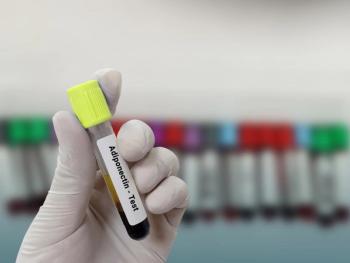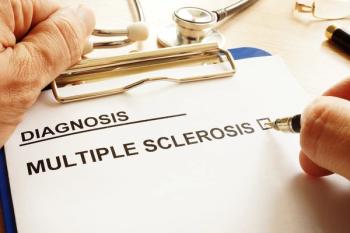
The Insider's Guide to Health & Drug Benefits®
- The Insider's Guide to Health & Drug Benefits® - March 2024
Experts Issue Call for Reform to DMD Drug Pricing, Trial Approval Process
Since 2016, 5 targeted treatments have received accelerated approval from the FDA for use in Duchenne muscular dystrophy (DMD), and the total spend for just 3 of them is $3.1 billion.
Stay tuned for tomorrow’s Q&A on these findings with senior author Benjamin N. Rome, MD, MPH, primary care physician and health policy researched at Brigham and Women’s Hospital and Harvard Medical School.
Five genetically targeted treatments for
Experts from the Division of Pharmacoepidemiology and Pharmacoeconomics, Brigham and Women’s Hospital, in Boston,
- The confirmatory trials for eteplirsen, golodirsen, and casimersen remain unfinished, with original FDA deadlines of November 2020, April 2024, and April 2024, respectively, and new expected completion dates of November 2024, October 2025, and October 2025
- Results from delandistrogene moxeparvovec-rokl’s trial, completed in October 2023, show it did not improve functional mobility scores vs placebo
- Viltolarsen’s end data are in but remain unknown; the confirmatory trial was completed in October 2023
Their present analysis of estimated public and private spending—comprising rebates and statutory Medicaid/340B discounts—focused only on eteplirsen, golodirsen, and casimersen due to the lack of clarity on viltolarsen’s efficacy and that delandistrogene moxeparvovec-rokl’s
“We estimated net Medicaid spending by applying the statutory minimum rebate of 23.1% and net Medicare spending by subtracting non-Medicaid rebate estimates from SSR Health, which ranged from 3% to 15%,” the investigators noted. They also gathered data from SSR Health on manufacturer-reported annual US net sales, and projected 2022 spend “assuming that these programs accounted for a similar share of US sales as in 2017 to 2021.”
From 2017 to 2022 alone, there was a 92% jump in estimated US net sales Medicaid and Medicare spend for eteplirsen, golodirsen, and casimersen—$25 million to $327 million—which equates to $1.2 billion. The Medicaid spend far outpaced Medicare: $1.1 billion (34%) compared with $104 million (3%). Eighty-two percent of the total US spend was for eteplirsen ($2.6 billion), followed by 10% for casimersen ($301 million) and 8% for golodirsen ($263 million).
These authors underscore how their findings bring attention to the incongruous processes involved in bringing these multimillion-dollar treatments for DMD to market. They highlight that the main controversies in the spend space center on a lack of extensively proven efficacy and delayed confirmatory trials, even with these genetically targeted treatments all having novel mechanisms of action.
They are calling for policy reforms that spur timely trial completion and minimize financial risk when treatments are ultimately deemed nonbeneficial, capping reimbursements to Medicare and Medicaid in instances of accelerated approvals, and alternative payment models for cell and gene therapies.
Reference
Bendicksen L, Kesselheim AS, Rome BN. Spending on targeted therapies for Duchenne muscular dystrophy. JAMA. Published online March 11, 2024. doi:10.1001/jama.2024.2776
Articles in this issue
Newsletter
Stay ahead of policy, cost, and value—subscribe to AJMC for expert insights at the intersection of clinical care and health economics.













































